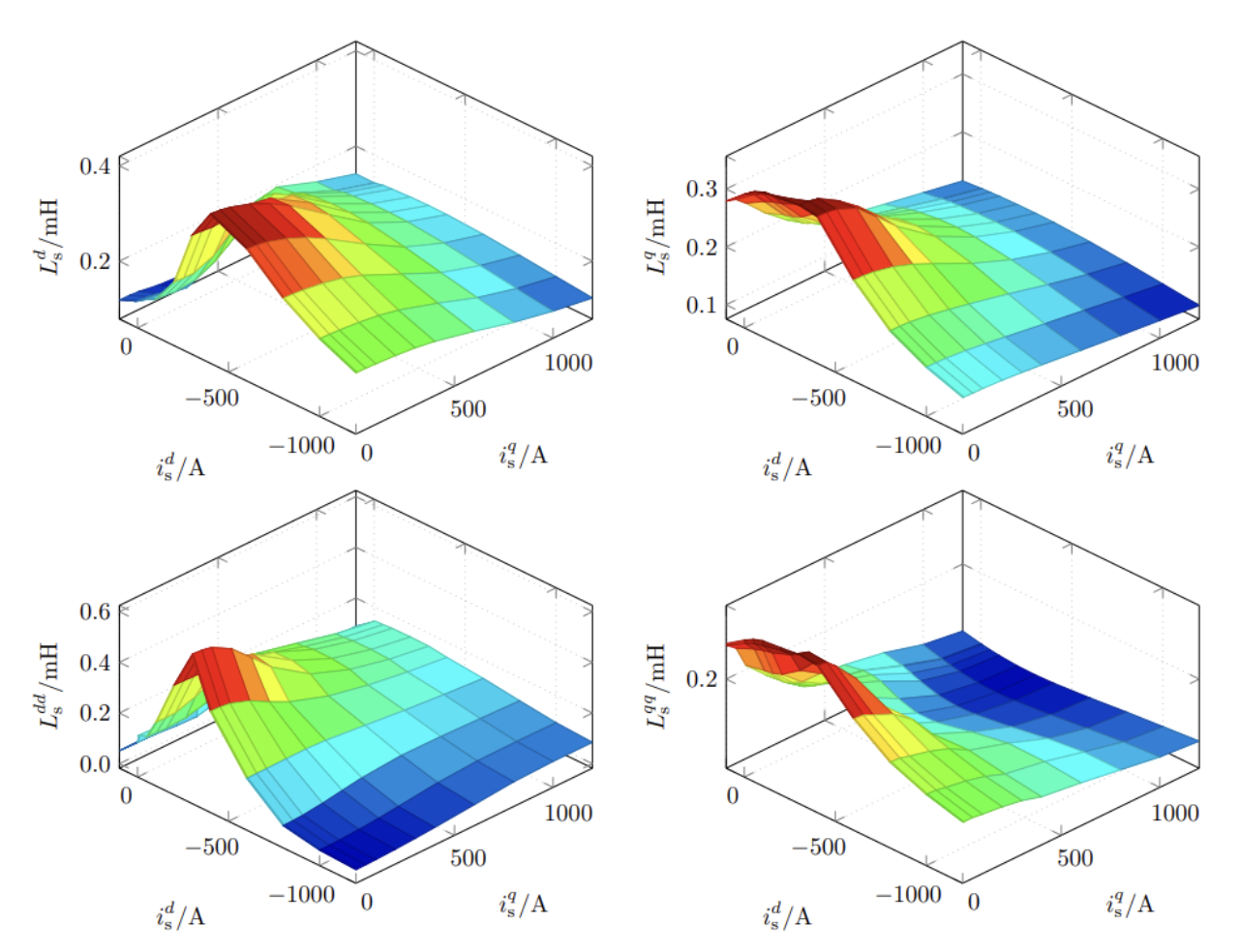
Sensorless Control of Electrically Excited Synchronous
In recent decades, electric vehicles have attracted more and more attention in automotive industry due to their environmental friendliness. Permanent magnet synchronous machines (PMSMs) are widely used in electrical automobiles. However, the price of rare earth magnets has risen significantly in recent years. Therefore, EESM emerges as a good alternative to PMSM, due to its high efficiency and reliability, low cost and its higher degree of freedom allow for more optimization possibilities.
For electrically excited synchronous machines (EESMs) used in automotive applications, the flux linkages are non-linear and the magnetic saturation plays an important role. The coupling between d-axis and exciter axis in EESMs introduces a significant fluctuation of the flux linkages due to current changes. To cope with these problems, a novel observer incorporating flux linkage saturation and dynamics caused by the coupling is proposed. The flux is not regarded as linear, but the absolute and differential inductances are used in the observer. Moreover, the current dynamics induced flux variations are compensated for. As the system is nonlinear and time-varying, Lyapunov's method is used to prove the stability of the system and to derive a speed-adaptive algorithm. The experimental results on an EESM test bench confirm the effectiveness of the proposed method.
Read more details in the published article.